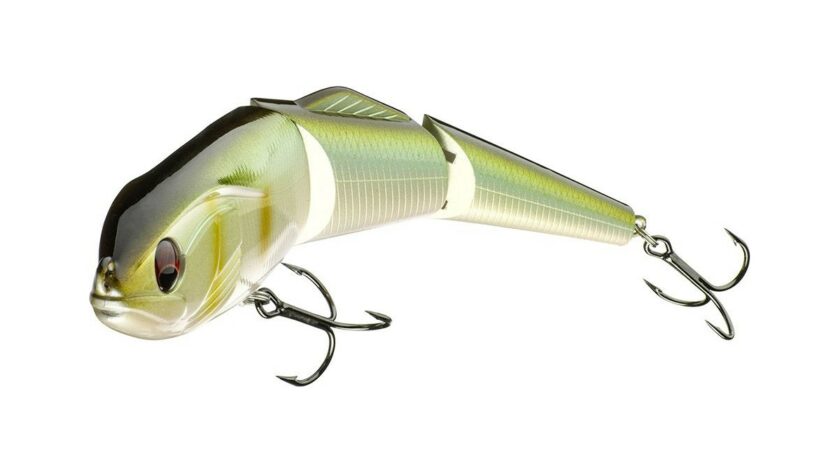The lipless crankbait has become a must for anglers and is a sure bet for catching fish. Its success is certainly due to its appearance which imitates perfectly that of a fish. It is also a lure that has the advantage of being easy to use and ultra effective. But the question is when exactly should you fish with a lipless lure, the answer is in this article.
How to use it
The lipless is a lure that can be easily recognized by its shape, which perfectly reproduces that of a fish. However, it has some peculiarities such as the absence of a fixing eyelet and a bib. It is a sinking swimmer fish whose name means “without bib” in English.
The lipless is very effective and emits strong vibrations thanks to its flat attachment ring. To use it, you just have to cast it and make sure it goes down deep and it’s done. It can be cast very far and is easy to use as it pulls very little in the rod. And when retrieving, we recommend that you retrieve the lipless in a linear fashion and as quickly as possible to avoid giving the fish time to think. In contrast to the bib models, the lipless lure offers different types of animation: linear animation and pulling.
In addition, lipless lures have the advantage of being silent while guaranteeing a tight swim. After having met with great success since its creation, lipless lures are now available in a wide range of sizes, colours and models. Amongst others, there are models equipped with internal balls that are able to clash when the lure vibrates. They do this by emitting sounds, in addition to the vibrations, to make the lure more aggressive and initiate attacks quickly.
The right time for lipless fishing
If you want to try lipless fishing for the first time, you should know that this lure works anytime and anywhere. In fact, it can even work where others have failed. This is an unusual lure that is suitable for all types of predators, from the smallest (blackfish and perch) to the largest (catfish). It is a formidable weapon to search for receptive fish. The lipless is perfectly adapted to rocky or cluttered bottoms as it will scrape the bottom, like a real fish digging the bottom. On the other hand, it is not very suitable for fishing on a specific spot. The reason is simple, it is a provocative lure. Therefore, when an attack occurs, it will be in the first few passes. If you want to focus on a specific area, it is best to choose another model of lure. This lure is ideal if you plan to fish in large bodies of water. It is not suitable for shallow water, as it can get stuck in the water.

